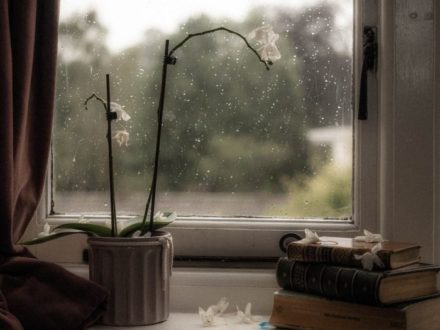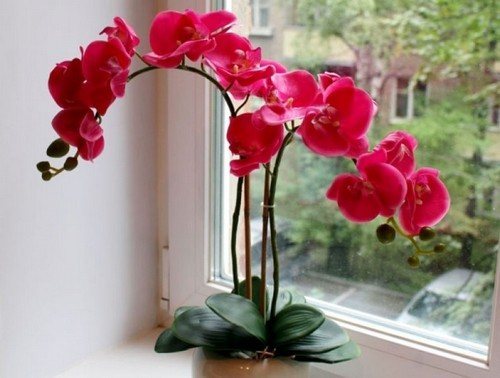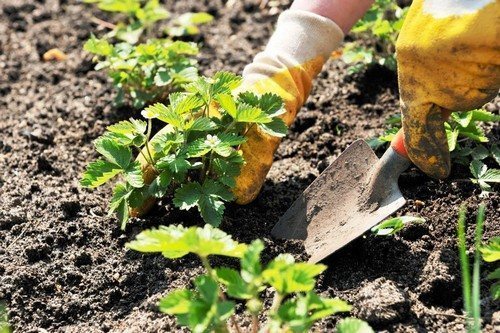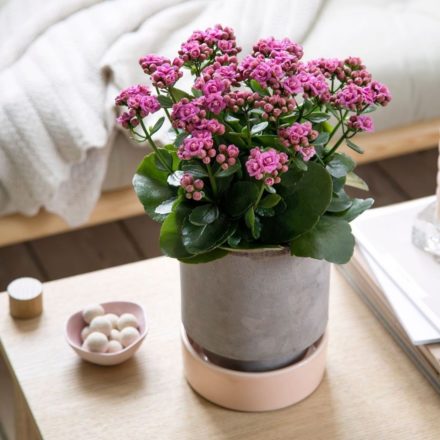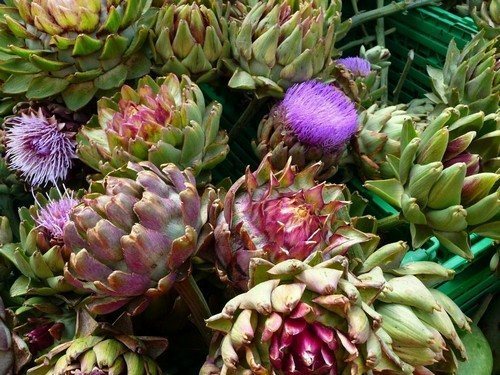An orchid does not need replanting very often - immediately after purchase in a flower shop, when the roots become cramped in the pot or the substrate has become unusable, or when it is affected by diseases or pests, the fight against which requires replacing the soil.
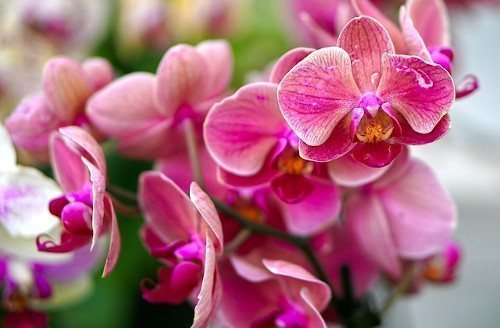
Lighting
During the first 7–10 days, the orchid should stand in a shaded place and under no circumstances be exposed to direct sunlight. The fact is that the absence of the sun imitates for this plant the native tropical (subtropical) rainy season, when the sky is covered with clouds, and the flowers “sleep” in a peculiar way, accumulating strength.
Then the orchid is returned to its usual place with diffused lighting and, if necessary, the lamp is turned on, bringing the daylight hours to 12 hours a day.
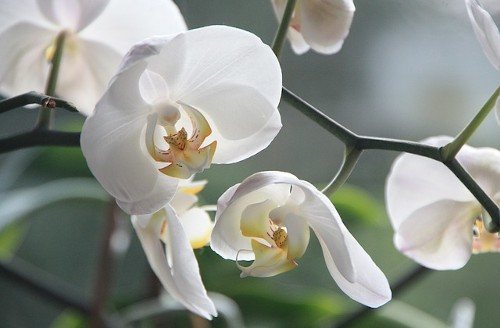
Air temperature
In principle, the orchid is thermophilic - it needs stable temperatures of +24...28 °C all year round.
But for the first 7–10 days the air temperature is lowered to +20 °C. Elevated temperatures are contraindicated for an orchid during the adaptation period, as it can reduce the plant’s immunity. Then, over the course of several days, it is gradually increased to the usual level. That is, it is unacceptable to act abruptly, as with the return of lighting.
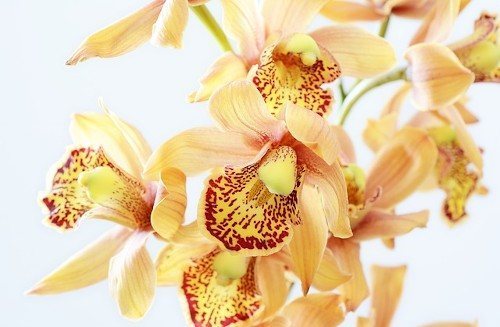
Watering
The orchid is watered once immediately after transplantation, then again after 4–5 days, and the third watering after 10–12 days. Then you can return to your usual routine, that is, watering 2-3 times a week.
The unique requirement of the flower for watering is that the pot is immersed in water to a third or half of its height, leaving the container to absorb water through the drainage holes for 20–30 minutes. Then you need to lift the pot, and all excess water will naturally drain out onto the tray.
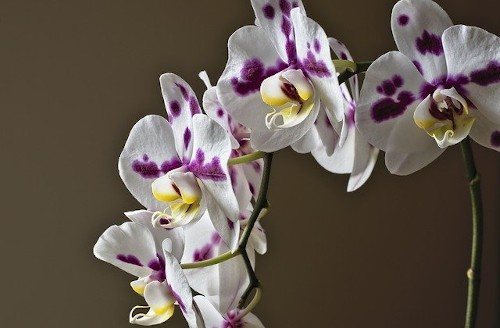
Air humidity
After transplantation, it should imitate the conditions of the “jungle”. You can place regularly moistened moss or expanded clay around the orchid pot. Additionally, the orchid should be sprayed daily on all leaves and stems with warm, soft water. The abundance of moisture in the above-ground part activates the vitality of the plant and also promotes its rooting in a new place. Whether it is necessary to moisturize the orchid in this way for longer than 2 weeks from the day of transplantation depends on the specific species and variety.
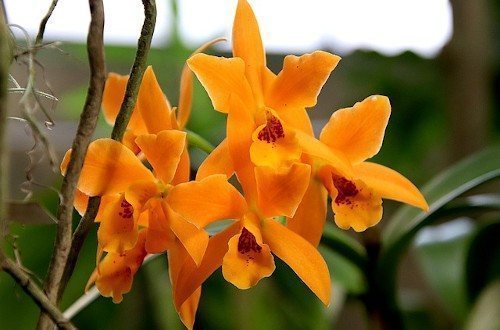
Timely feeding
A “relocated” orchid needs elements such as magnesium, potassium and nitrogen, and the latter substance should be kept to a minimum, otherwise the plant will begin to increase green mass in abnormal quantities. It is better to apply fertilizers simultaneously with watering, immersing the pot in a nutrient solution. This is done 2–3 weeks after transplantation.
In addition, 5–8 days after transplantation, the orchid can be “invigorated” with Zircon or Epin, which are universal anti-stress agents for any plants; they also help speed up flowering.
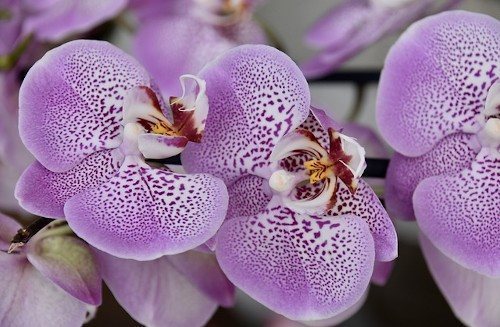
To summarize, we can say that caring for an orchid after transplantation really requires a serious approach and can largely determine the positive or painful further existence of the plant.


